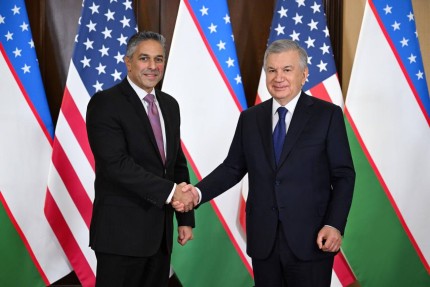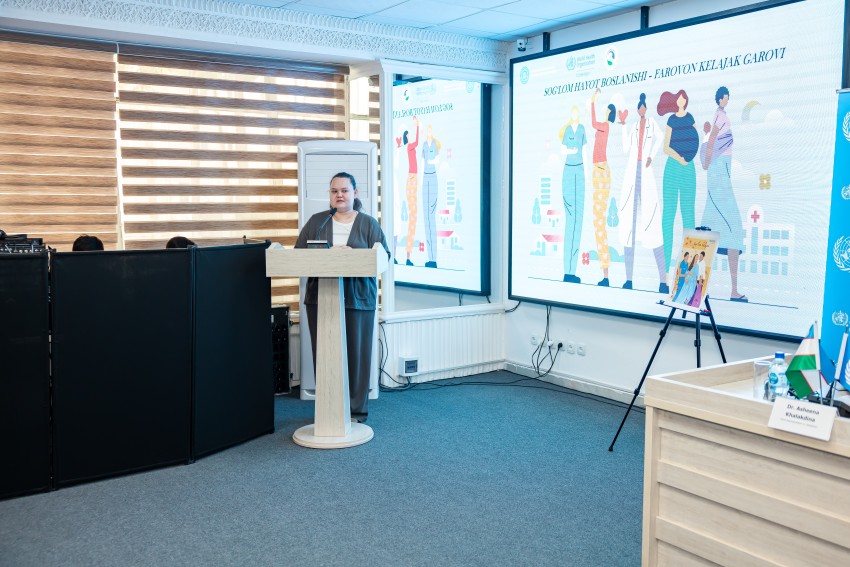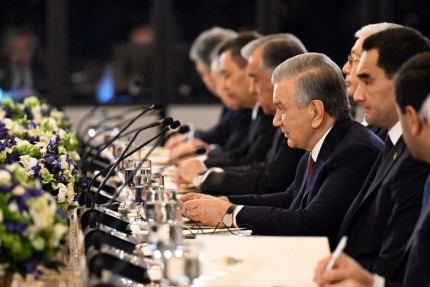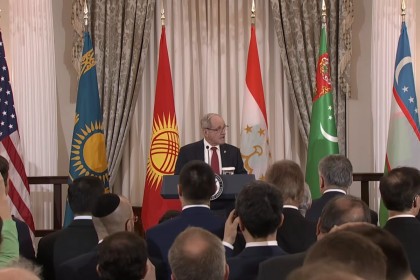The world urgently needs solutions to the climate crisis. From artificial intelligence to electric vehicles, we are increasingly turning towards technology – and rightly so. But sometimes, there’s already a solution at hand – or in this case – right under our feet.
Geothermal solutions, if applied smartly and on a large scale, can provide stable heating in winter, cooling in summer, clean power year-round, and create jobs and business opportunities in the process. Countries in my region need these types of solutions.
According to IQAir, the Kyrgyz Republic and Tajikistan are among the top-20 most air-polluted countries globally, with many people suffering from respiratory diseases. Central Asia still heavily relies on coal, which worsens the situation. To reduce this reliance, countries in the region opt to import more gas from neighboring nations instead. In essence, this means trading in one fossil fuel dependency for another – but with at least one major implication. Relying on external energy sources potentially compromises energy security. To maintain economic resilience, nations need to first look for resources within their own borders.
I sometimes hear claims that geothermal projects are expensive, effectively unattainable for developing countries. But geothermal heating and cooling solutions are not just a luxury good for EU countries or the United States that are investing in them. They provide long-term benefits for their citizens. In fact, according to US estimates, about 28 million households could be connected to geothermal district heating systems nationwide by 2050, resulting in potential savings of at least $300 billion over the same period.
Using geothermal for heating and cooling buildings has many advantages. Under the right conditions, it is cost-competitive with coal or natural gas, which means countries can depend less on imported fuels as well as increasing energy security. Geothermal power can also serve as a hedge against the volatility of commodity prices, stabilizing systems costs and improving generation mixes. Unlike other renewable energy sources, critically it is not intermittent, providing an exceptionally stable source of heating and cooling and allowing households to plan their energy costs over the long term.
Additionally, geothermal can be a boon for local economic development and job creation. Each megawatt installed translates into an estimated 34 jobs—much higher than the 19 jobs created for wind power and 12 jobs created for solar photovoltaics. These direct jobs are created during the design, construction, and operation of a geothermal electricity project. Compared to large-scale gas production or electricity generation projects, which usually require highly skilled workers, small businesses can implement and maintain geothermal projects.
Central Asia’s subsoil is suitable for deploying geothermal for heating and cooling, including Kazakhstan, the Kyrgyz Republic, Tajikistan, and Uzbekistan. Harnessing the potential of geothermal to produce a constant clean energy supply can spur the region’s transition towards a greener and more sustainable future, while reducing reliance on energy imports. For a region traditionally reliant on fossil fuels, this is a new and uncharted path.
IFC recognizes the importance of geothermal solutions in Central Asia's sustainable development. We are committed to supporting its growth by exploring proven technologies, economic opportunities, financing options, and the legislative and regulatory aspects to enable geothermal for heating and cooling. Working closely with state and local authorities as well as the private sector, we are supporting the region in the implementation of shallow geothermal projects. With IFC's support, Central Asia can unlock its vast geothermal potential, setting it on a path to create renewable energy sectors that can meet the region’s growing energy needs in an environmentally responsible way.

Hela Cheikhrouhou
IFC Vice President for the Middle East, Central Asia, Türkiye, Afghanistan, and Pakistan
Editor’s Note: Hela Cheikhrouhou, IFC Vice President for the Middle East, Central Asia, Türkiye, Afghanistan, and Pakistan, recently paid an official visit to Kazakhstan, Kyrgyz Republic and Uzbekistan. In this op-ed, Cheikhrouhou discusses Central Asia’s geothermal potential , one of the topics on the agenda of her meetings with senior government officials and partners in the countries.














